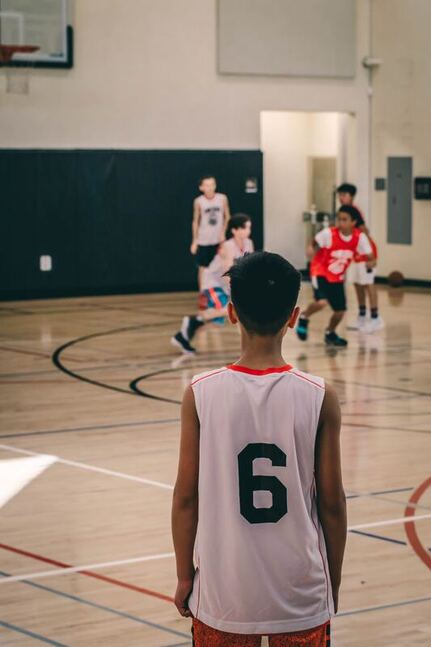LEARN
|
This is a difficult question that many large youth associations must tackle and and the current evidence out there is poor. After a PubMed search we were unable to find any good-quality articles from peer reviewed journals that directly addressed this issue. The current basis of recommendation for when to start A and B team versus equal level teams is based on expert opinion and customary practice. Below is a list of common arguments for initiating A and B teams as well as arguments against.
Arguments for an A and B team:
Arguments against an A and B team:
Emotional stress and B team stigma. If youth associations, coaches, and parents emphasize that getting the opportunity to play and player improvement is more important than outcomes or what team you were on in middle school the stress or stigma of being placed on an A or B team can be partially mitigated. Additionally, there are countless examples of B team members going on to have successful high school and college sport careers. In fact, several studies have shown that competitive success at the youth level correlates modestly at best, or not at all, with long-term senior success (early success is not a valid predictor of long-term success). Just because your youth team won the so called 6th Grade State Championship does not mean they will automatically have great success in high school. Early drop out. The main reasons cited for dropping out of basketball is lack of playing time, not having fun, lost ownership of experience, afraid to make mistakes, and feeling disrespected. There was no note of an A and B stigma for dropout reasons reported. Equal coaching quality. It is extremely important that the quality of coaching and practice opportunities be equal at the youth levels for ages 14 and below for proper development. By doing this you are just not focusing on early maturing kids who are more advanced compared to their peers and thus are developing potential late bloomers as well. So what age should we start an A and B team? It is important that whatever age your youth association decides to form an A and B team that your reasons are in alignment with your youth association philosophy and that the youth association and high school coaching staff are on the same page. There are many factors that go into this decision such as number of players, gym space, skill level and talent of players in each age class, coaches available, high school staff preference, and what neighboring youth associations have chosen to do for whom you play against. In our opinion and based on our research, it is not necessary to provide A and B teams for children under the age of 12 (elementary aged children) and that A and B teams can be initiated for those 12 and older (middle school age children from 6th grade above) as appropriate. Other alternative to A and B teams. No set rosters (roster fluidity) and no posting of teams to take the focus away from team assignments. Teams at the different age levels are thus interchangeable to provide opportunities for athletes to gain confidence and at other times, “stretch” their abilities to promote growth. The coaching staff considers the competitive level of each athlete prior to assigning them to league/tournament experiences and practice and game schedules are posted on your youth association website and emailed to families. If adequate gym space and coaches the teams can do fundamental skill work and games together and then break up into separate teams for team offensive and defensive concepts. References
4 Comments
|
Archives
April 2024
Categories
All
|

 RSS Feed
RSS Feed